How Retail Properties Are Getting Greener
Innovative ideas and new technologies enable sustainable solutions at malls and shopping centers.
Fifteen years ago, many commercial real estate developers began incorporating solar and other green features into their buildings. Retail developers, however, believed it was impossible to apply green building practices—particularly rooftop—at retail centers.
Then, in 2007, Walmart proved this notion wrong, opening experimental big box stores with extensive energy-saving technologies, including rooftop solar, in Aurora, Colo., and McKinney, Texas. At that time, Hank Baker, formerly an executive in Forest City’s Aurora office and now president of California-based Baker Property Group, told this reporter: “This is not some good guy wearing Birkenstock shoes running around doing good things for the planet. They’re realizing they can make more money doing it.”
Today, it’s generally accepted amongst most retail owners that improved energy performance reduces reliance on power grids and, along with water conservation measures, such as solar-powered pumps and high-efficiency irrigation systems, reduces overall utility costs.
“Integrating renewable energy sources is not just a trend, but a smart business move,” said Anjee Solanki, national director of Retail & Practice Groups | U.S. at Colliers. “Solar panels, now a common sight in many shopping centers, are powering low voltage lighting systems, including uplighting and general lighting.”
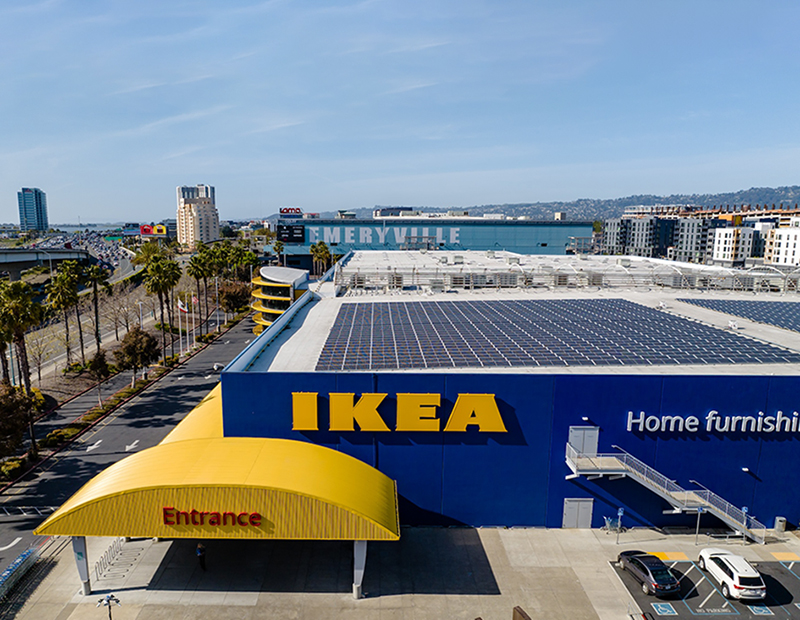
Vestar, a leading shopping center owner in the Southwest region, for example, was another early adopter. It joined the green retail revolution in 2007 by launching its GreenSTAR sustainability program, which has guided its development activity ever since.
In fact, Vestar was the first in the Southwest to make a large-scale commitment to green building practices with the LEED-certified Oro Valley Marketplace in Tucson, Ariz., its first shopping center built under GreenSTAR.
Today, 100 percent of Vestar shopping centers participate in this program, which has reduced energy consumption by up to 14 percent across its portfolio of new and existing properties. Among its green initiatives are the use of energy-efficient building materials, solar power, water harvesting systems, white “cool” roofs, artificial turf, LED lighting, onsite recycling and composting facilities, drip system landscaping and EV charging stations.
Vestar has also installed numerous recycling points and utilized advancements in materials technology. For example, Vestar recently partnered with the Arizona State University Integrated Field Laboratory Cool Pavement Project to test the effectiveness of cool pavement, which reduces the “urban heat-island effect” up to 14 degrees, at its shopping center parking lots. After eight months, Vestar saw a temperature reduction of up to 14 degrees at the two-acre test site.
This novel paving material is made from traditional concrete but is enhanced with aggregate, binder or a surface coating that reflects solar energy, absorbs less heat, or evaporates water to stay cooler than traditional pavement.
Another advancement in energy-saving building products is the integration of durable stone materials with high thermal mass into retail designs, noted Anthony Brower, global director of Climate Action & Sustainability at Gensler.
“This approach utilizes the natural property of stone to absorb and later release heat, providing passive heating during cooler hours,” Brower explained. “This method, known as time lag-energy-storage release, not only enhances energy efficiency but also extends the longevity of the finishes, reducing the need for frequent updates.”
READ ALSO: Inside the Retail Stores of the Future
Bower also noted an important innovation in building automation systems that connects retail entrances with heating and cooling systems. “These systems adjust automatically based on whether the main doors are open or closed, reducing energy waste,” he said.
While retailers often prefer open doors to attract customers, this new approach helps to balance customer attraction with energy efficiency.
Sustainable innovations also extend to landscaping materials, such as drought-tolerant plants and artificial turf, which requires no watering but comes at a higher initial cost, Solanki added. Other outdoor, energy-saving measures might include low-voltage illuminated signage and hybrid light poles that combine solar power with low-voltage lighting.
“Sustainable practices are not just about enhancing the operational efficiency of retail centers,” Solanki continued, “but are a testament to commitment to environmental stewardship that is crucial for attracting eco-conscious consumers and supporting long-term sustainability goals in the retail sector.”
She also pointed out that energy-saving improvements can enhance customer comfort, like strategically installing misters in outdoor seating areas and high SEER (Seasonal Energy Efficiency Ratio) value air conditioning systems that maintain a comfortable indoor temperature.
Brower also noted that innovative design features being incorporated into retail centers improve both building energy performance and aesthetics. Many new shopping centers, for example, are designed with storefront overhangs that not only unify the appearance across different brands but also help to reduce heat transfer through the building’s envelope.
“In redeveloping older shopping centers, we’re seeing innovations like extending the building envelope into the store itself,” he continued. “This creates a blend of conditioned and non-conditioned spaces, reducing the area that needs active heating or cooling.”
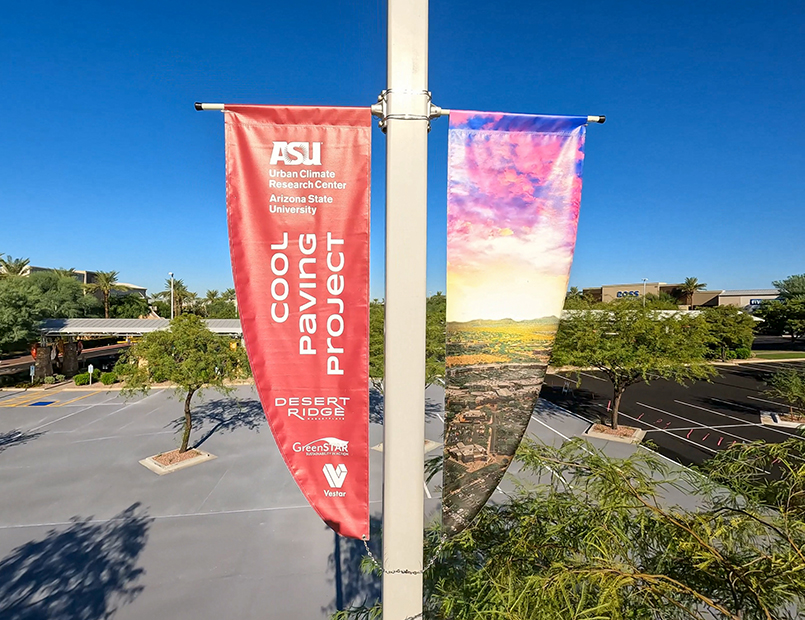
Location-specific solutions
Dallas-based Centennial, a value-add retail real estate investor/operator, prioritizes sustainability in new construction, property upgrades and redevelopments. The goal of the company’s SEE (Sustainability, Efficiency and the Environment) Centennial program is to make the next evolution of each shopping center a greener one, noted Stephen White, executive vice president of Property Management for Centennial.
“The retail landscape is buzzing with innovative sustainability solutions, from microgrids and green roofs to smart building systems and water harvesting,” White said.
Of course, each retail center is adapting these technologies to their unique needs. A geothermal system might not be as impactful in Texas as in Maine, for example. “The diversity of options empowers properties to find the most effective path to net zero and a reduced environmental footprint,” White added.
READ ALSO: 4 Strategies for Reaching Net Zero
Centennial’s MainPlace mall in Santa Ana, Calif., White suggested, presents a great example of a property that has approached sustainability from multiple angles to achieve great results. Located in the heart of Orange County, this three-story mall, which was originally built in 1987, includes 175 shopping, dining, and entertainment options. It currently is being redeveloped to mixed-use, with the addition of two apartment communities with 700 units, 140,000 square feet of office space and a 400-key hotel.
White said that the first priority was to replace the outdated, inefficient HVAC system with ENERGY STAR-rated equipment to ensure optimal energy efficiency. Other sustainability improvements included installing a fully engineered building management system to control interior environmental conditions as efficiently as possible and weather-proofing entry doors with energy efficient seals. Auditing lighting systems and lamps will ensure the placement of occupancy sensors to attain the greatest results.
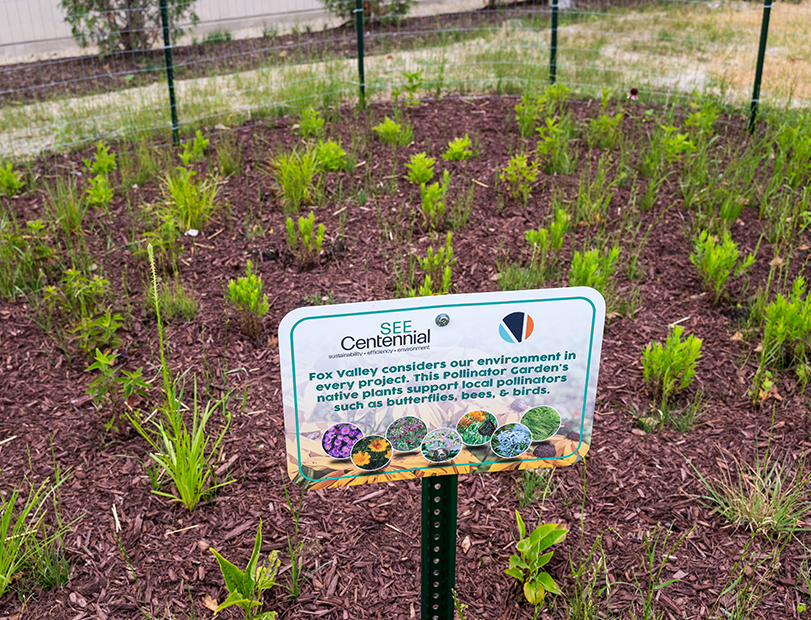
MainPlace also features 28 supercharging EV stations and has an active recycling program, with a landfill diversion rate of over 30 percent.
“Since 2021, the property management team has kept a close eye on BMS equipment and lighting schedules to augment as needed, season by season,” White continued. “The team is also mindful of minimizing energy use in vacant spaces, such as window displays for lighting, utilizing only the required equipment,” he said.
These efforts paid off with a 14 percent, year-over-year reduction in energy usage in 2023.
Innovative initiatives were also utilized for demolition of former Carson’s department stores at two Centennial properties undergoing redevelopment in the Chicago metro area: the Hawthorn and Fox Valley malls, White said. Those efforts resulted in nearly 75 percent construction debris diverted from landfills.
At Hawthorn, Centennial erected a demolition recycling plant onsite to turn demolition debris into reusable compaction materials. The materials were used to form the base and pad for what is now a new Perry’s Steakhouse & Grille and part of the Hawthorn Row retail space, White noted. This material will also be used during Phase 2 for a foundation and roadway.
At Fox Valley, Centennial partnered with a local climate-conscious landscaping company to plant over 30 native plant varieties, which combats climate risks and also reduces carbon emissions. “We set out to create green, biodiverse spaces to improve the presentation of our landscaping with an environmental mindset,” White explained.
Since launching its sustainability program five years ago, Centennial has reduced its energy usage by 22 percent, saved $4.5 million in energy costs, spared 33,818 trees, installed 70 EV supercharging stations, and recycled 11,726 tons of waste.

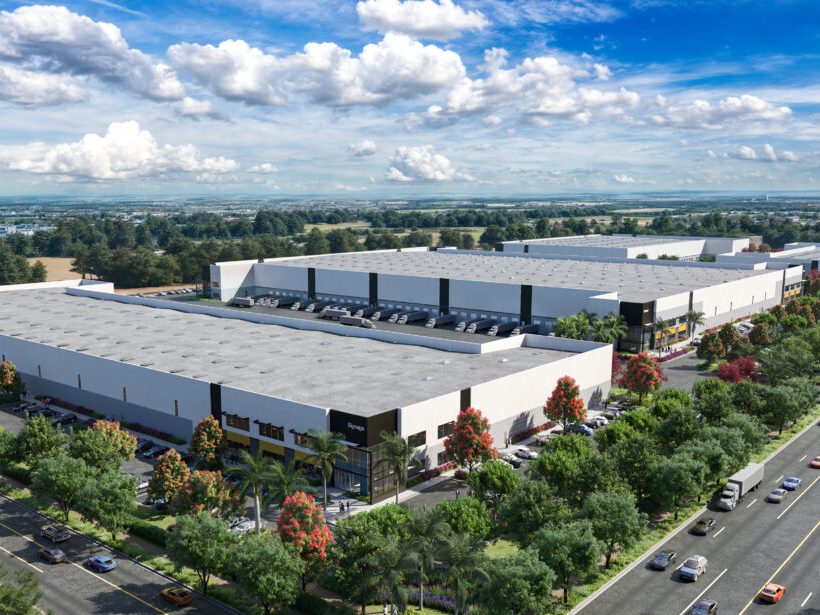
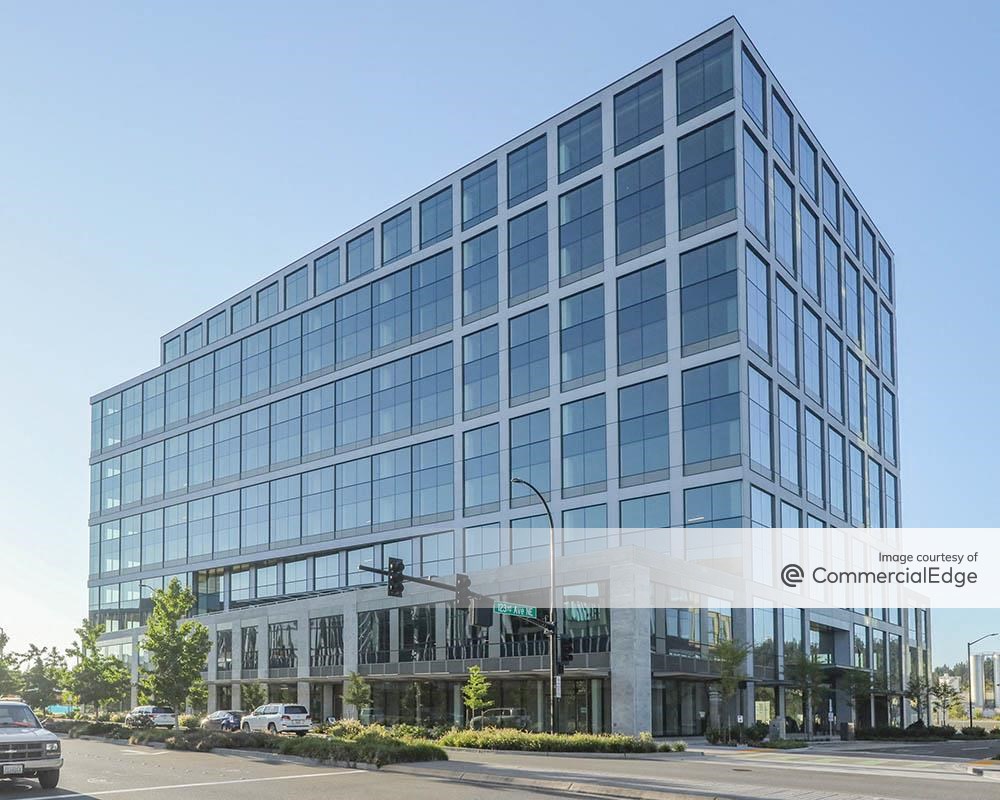
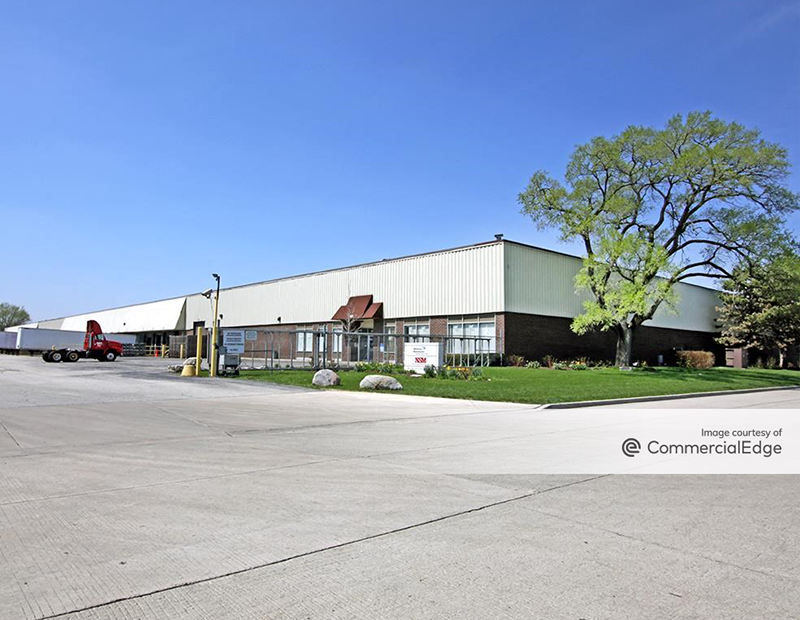
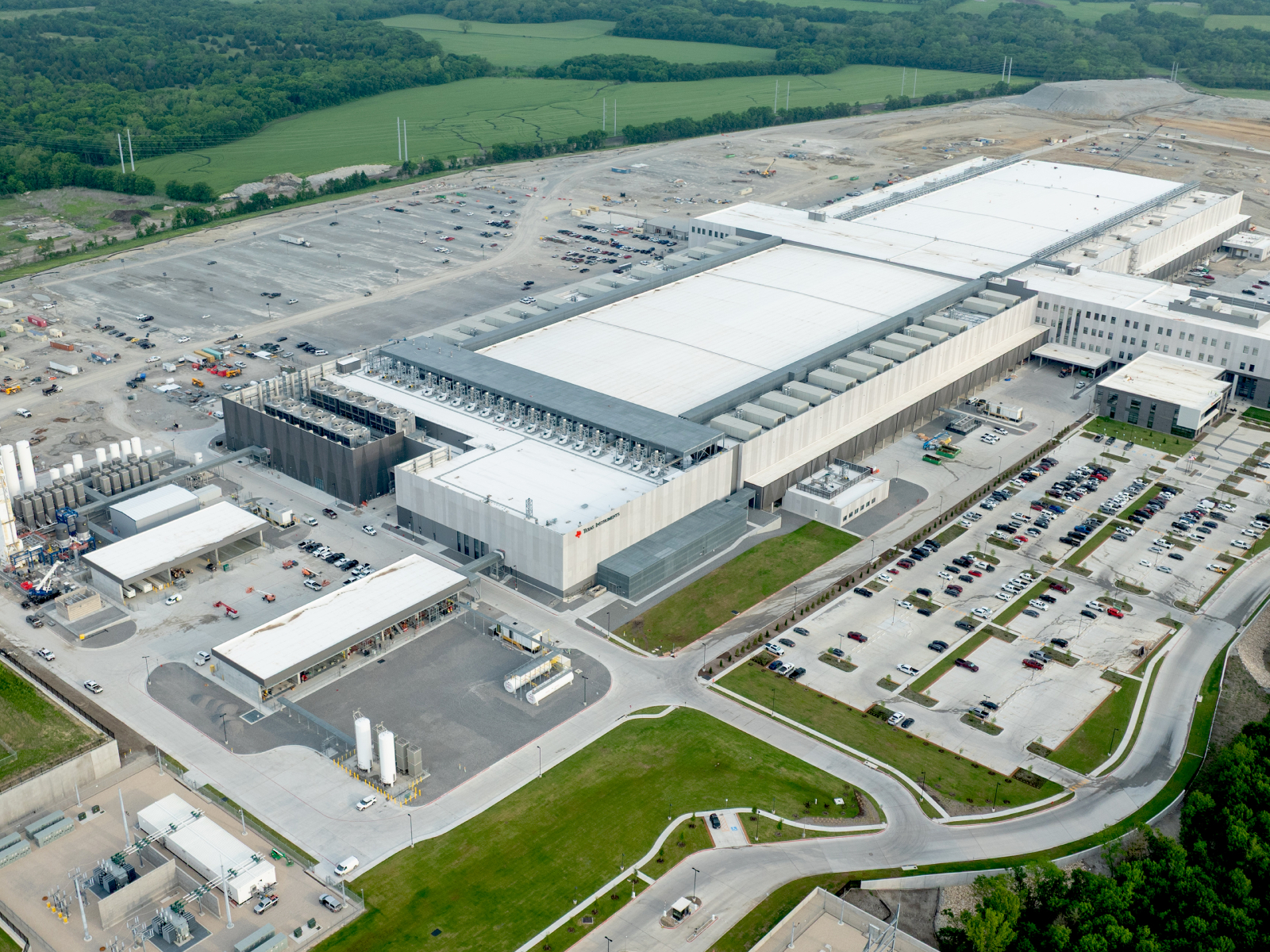
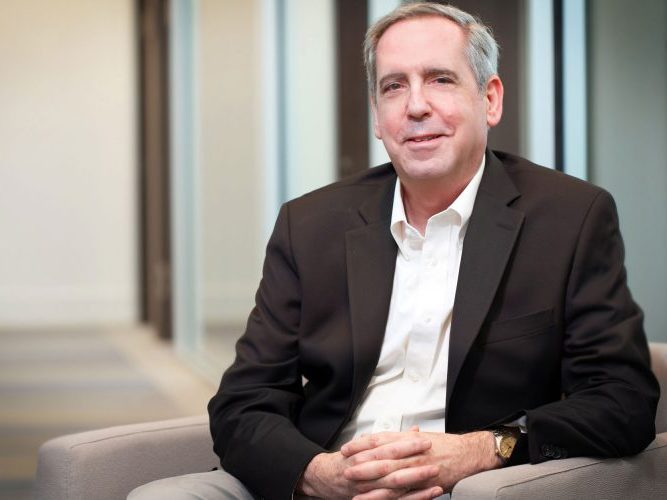

You must be logged in to post a comment.